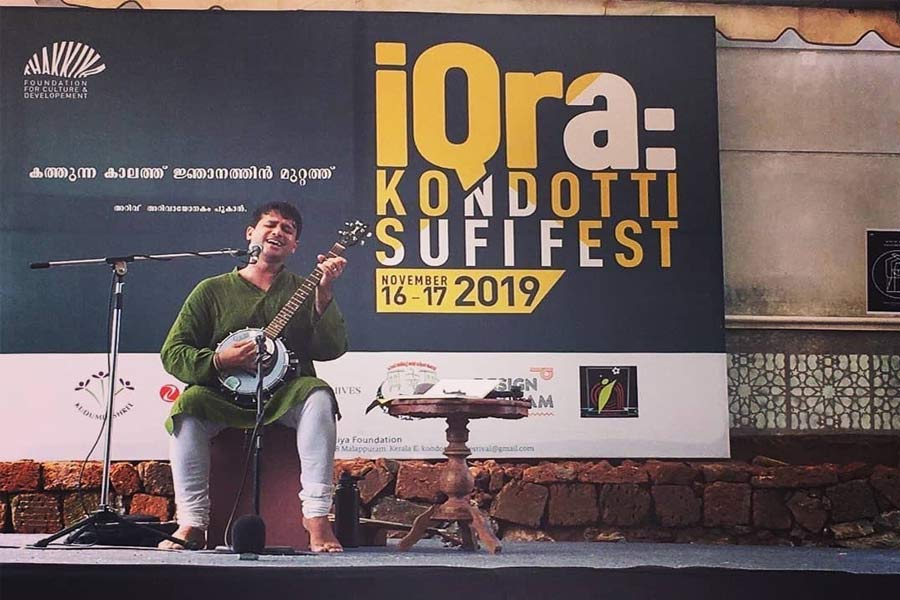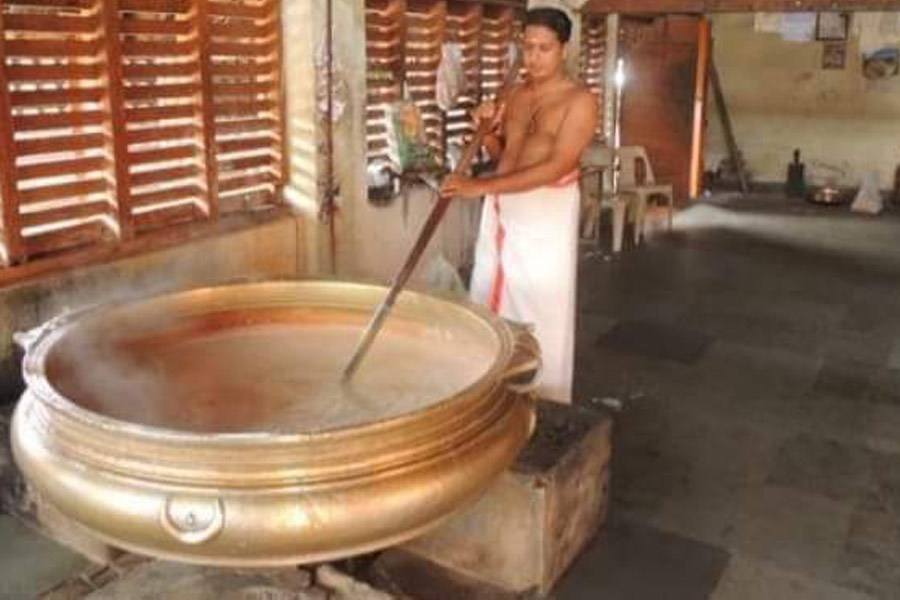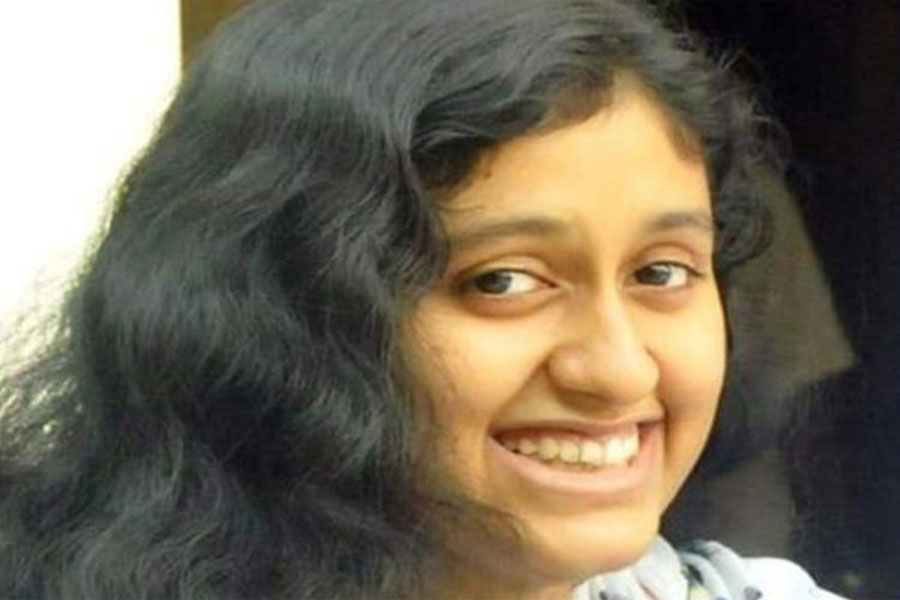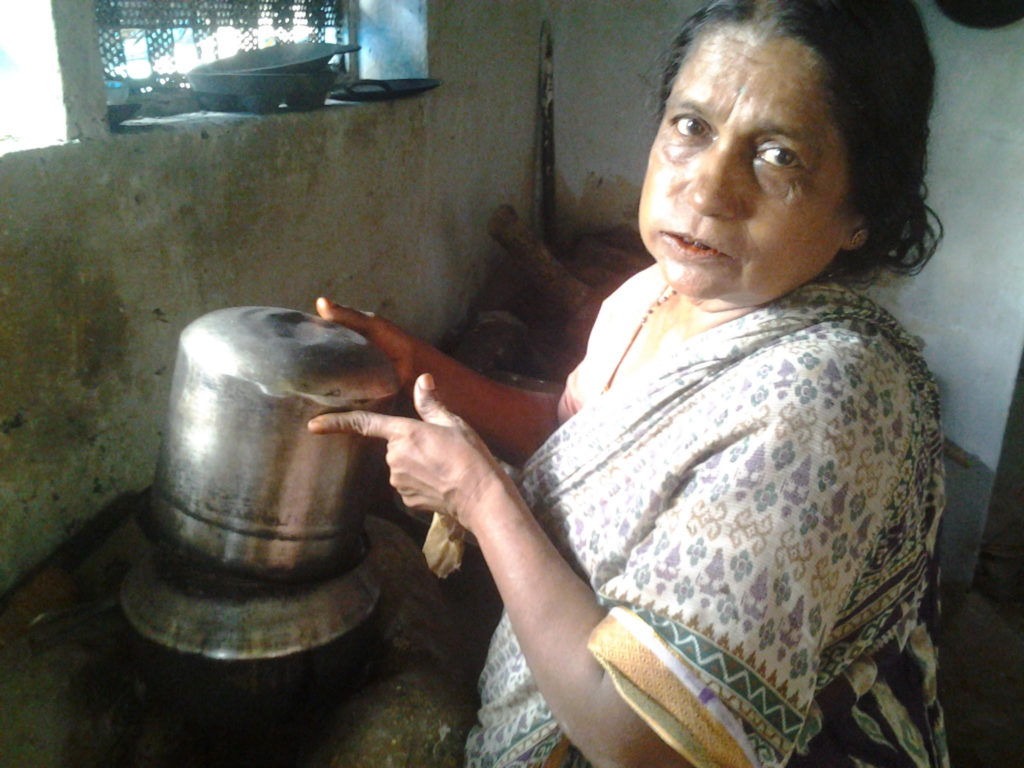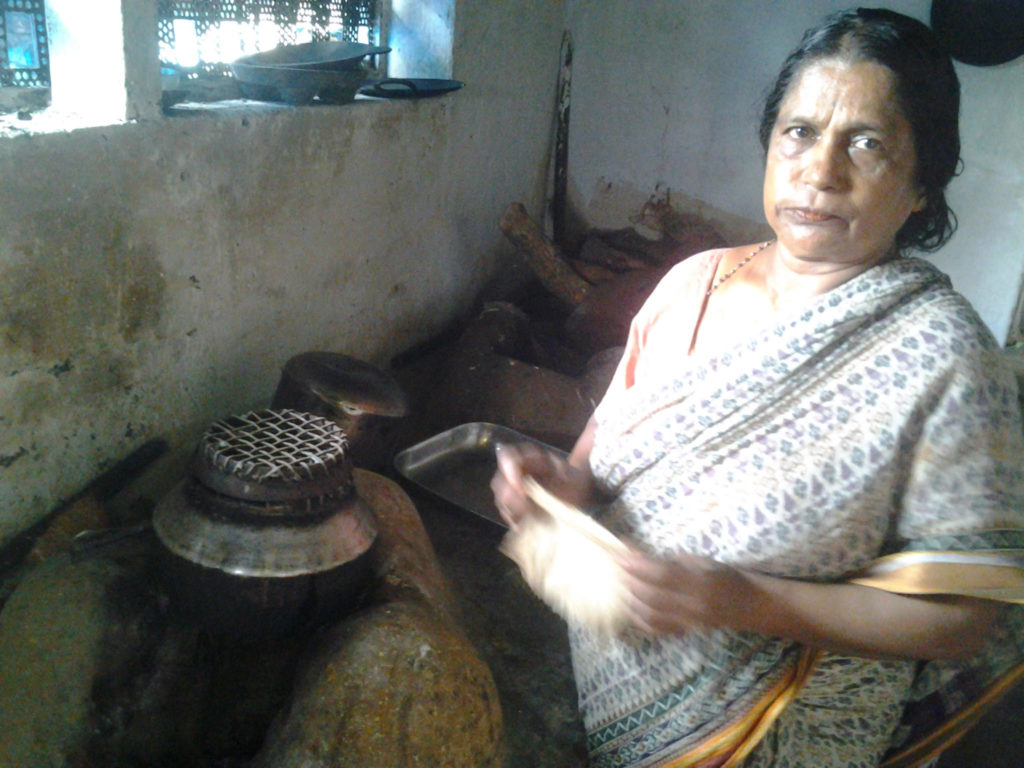Ramassery, a village located off the Palakkad-Coimbatore Highway, and Saraswati Tea Stall, which is a typical countryside kiosk situated here, gained popularity over the years for its unique-looking and tasting idlis. The delicate Ramassery idlis are pretty famous and have found a mention in almost all leading newspapers and blogs written by avid travelers. These mouth-watering, mini-dosa type idlis have found praise from all corners.
What makes Ramassery idlis different is that they are cooked differently and look different. Idlis – steamed, fluffy rice cakes – when eaten with accompaniments like sambar or varieties of chutney taste splendid and is one of the tasty breakfasts that South Indians adore.
The secret of making Ramassery idlis lies with with the members of the Mudaliar community who migrated from Tamil Nadu to Palakkad almost two centuries ago to earn a living. The women of the community formulated the recipe of the idli and since then it is being taken forward by the generations. As there were no idli moulds in those times, Ramassery idlis were made in unglazed clay pots. The earthy aroma and taste that this mode of cooking provides to the idlis is what makes it stand out.
As the years went by, the people of the community started searching for other jobs that would yield them more earnings and thus the idli making came down. Now when these edibles have gained acclaim, there are barely any makers. However, Bhagyalakshmi Ammal, even after her husband’s death, was not ready to quit idli making and abandon the tea stall that her husband had inherited from his father. She continued with what her ancestors were doing and took over the running of the Saraswati Tea Stall. She has been taking care of the tea stall for 29 years now and carrying forward the legacy of Ramassery idlis.
Despite all the popularity they have gained, Saraswati Tea Stall and Bhagyalakshmi are still the same. The tea stall, which is more than 80 years old, has not been even renovated but is neatly maintained. The kitchen has not embraced technology and traditional firewood is still used for cooking.
Vijaykumar, Bhagyalakshmi’s son-in-law, who also helps her in the business in his free time says, “It is the method of cooking that retains the taste of these idlis. Tamarind wood is used for fire and the method of making idlis is the conventional one. We are not planning to change it either because due to this method, the idlis remain fresh for three days and maintain the taste, even though they become a bit hard. Amma makes these idlis effortlessly and I can assure that no one can get this taste from anywhere else, because it is her expertise that makes the idlis tastier each time.”
Bhagyalakshmi is assisted by her daughters and they sell an average of 600 idlis per day. They also receive huge orders from Coimbatore for weddings and other functions. According to Vijaykumar, people also carry the idlis to faraway places, especially during long-distance journeys, as they don’t get spoiled.
Bhagyalakshmi, however, is not bothered about any of these things and says that she never understands the hype given to her idlis.
“I learned the recipe from my mother-in-law and I am doing exactly what she has taught me. It is just a simple idli that can be made if you follow some simple steps. It’s nothing complicated. Nor are there too many ingredients present. I continued to make these because I did not want to abandon a skill that our ancestors had developed and I am happy that people love the taste of my idlis. I will make them as long as I can and will definitely try to pass on the recipe to my daughters as well,” she says.
But she laments the fact that the idlis that are made now are not as tasty as the ones made by her mother-in- law. The main reason she feels is the low availability of Palakkadan Matta, a rice variety that is apt for making idlis. She now has to adjust with other varieties of rice and as the orders have increased it is not possible for her to grind the batter in the traditional manner using grinding stones.
“Milled rice and the batter produced using a motor will never get the authentic taste,” she added.
Despite the popularity of the Ramassery idlis, the financial gain through this business is negligible. Vijaykumar says that they really wish to start a small outlet in Kochi, but are held back by the unavailability of funds. The Rs. 5 that they charge for an idli does not even meet their expenses, but Bhagyalakshmi says that there is no point in giving expensive food when the people of that region can’t afford that.
Ramassery idlis are always in demand and are best liked when eaten along with ‘Dosa Podi’, the recipe for which has also been developed by Bhagyalakshmi herself. The powder that is prepared by dry roasting Urad Dal with different spices and chilli and then grinding, is the perfect accompaniment for the hot steaming Ramassery idlis. People also order this powder in bulk quantities and take them to distant places, says Vijayakumar.
When asked if her ‘Kaipunnyam’ is the secret ingredient that makes the idlis and the powder this tasty, she smiles and says, “Maybe, because I don’t cook it for the sake of cooking. I love what I do and enjoy serving people.”



